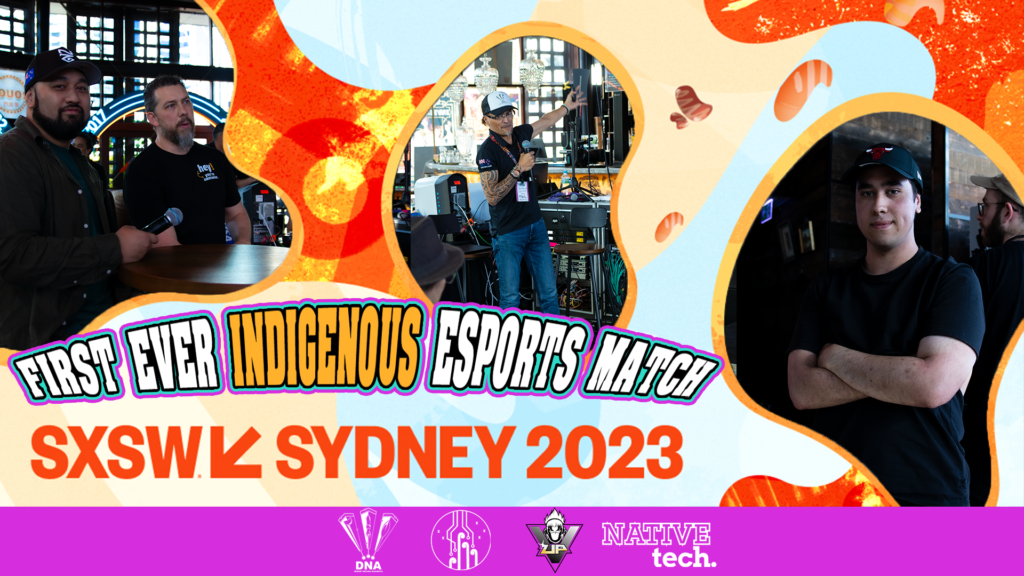Celebrating Indigenous Education: Te Ahi Orokohanga
In a vibrant celebration of Māori education and culture, the event Te Ahi Orokohanga was specifically designed for Ngā Kura ā Iwi. Serving as a cornerstone for promoting traditional knowledge, language, and cultural practices among the young learners of Aotearoa’s rural communities.
The Genesis of Te Ahi Orokohanga
Te Ahi Orokohanga, translating to “The Fire of Creation,” is an event that symbolises the spark of knowledge and the ongoing flame of learning. Launched to foster a deeper connection among the students, educators, and communities of Ngā Kura a Iwi, the event offers a platform to showcase the unique aspects of indigenous education systems and their contributions to sustaining Māori culture.
Background of Ngā Kura a Iwi
Ngā Kura a Iwi represents a network of kura focused on delivering education through the medium of te reo Māori with a primary commitment to uphold Māori principles and values. The organisation ensures that education extends beyond academics, embedding the richness of Māori heritage in its curriculum to nurture well-rounded and culturally-grounded individuals.
From open world to Te Ao Māori
Taking a game that is as popular as Minecraft, a game which sports a monthly count of 200 million players worldwide, and putting a Te Ao Māori twist on it has proven to be an excellent move. Allowing not only for events such as this one to occur, but new opportunities for learning in schools by using this as the medium of instruction. Allowing for growth and strengthening of important skills such as communication, collaboration, and the fostering of creativity – All under a Te Ao Māori lens.
Event Highlights
Step into the vibrant world of Minecraft Esports, where the energy is electrifying and the atmosphere is pulsating with excitement! Picture the awe-inspiring spectacle: the wide-eyed wonder and beaming smiles of tauira and kaiako alike, as they immersed themselves in the immersive realm of Te Ahi Orokohanga.
For many students, it was a first-time experience, while for returning kura, it represented a thrilling step up from the previous year’s event. But it was on the grand stage where the magic truly unfolded, as our young gamers showcased their creativity and vision in Minecraft Education, crafting their interpretation of Te Marae o Āpōpō – The Marae of the future.
The buzz of excitement and the spirit of collaboration were palpable in every corner of the venue, reflecting the genuine joy and gratitude felt by participants for the opportunity to be part of such a groundbreaking event.
Impact on Rural Kura Kaupapa
For rural kura kaupapa, Te Ahi Orokohanga is more than an event where you play games; it is a vital link that connects isolated communities with broader networks of indigenous knowledge and support systems. It provides students with the rare opportunity to engage with peers from other kura, fostering a sense of community and shared purpose.
Our larger cities in Aotearoa have the infrastructure, access and population to access opportunities. Whereas our smaller communities may miss out. However, being able to bridge that gap and provide equitable access to resources, knowledge and opportunities we actually allow them the opportunity to grow in a way which is not always available to them.
For the majority, an event like this is their first. Allowing them merely a glimpse of what is available in Te Ao Matihiko (The Digital World). It is nothing short of life changing for both tauira and kaiako to experience, it broadens their horizons and challenges them to think differently about what can be accomplished in this space. With many commenting and asking how they may better implement and integrate technology into the classroom.
To surmise, Te Ahi Orokohanga serves as a beacon of cultural pride and educational excellence, reflecting the strength and resilience of Māori communities, especially within the rural sectors of New Zealand. Kōiā ngā ahi kaa ō anamata e whakawhanake i ngā tāonga a kui mā, a koro mā i te ao matihiko. Ka mutu, ko ēnei ngā rangatira o āpōpō e auaha i tō rātau ake nei ao.







